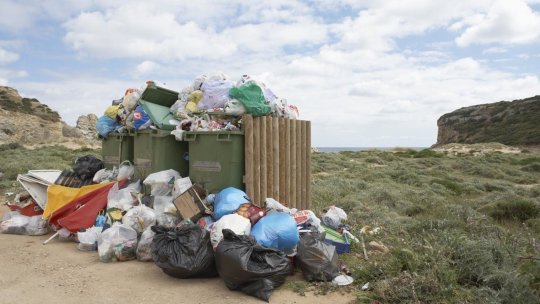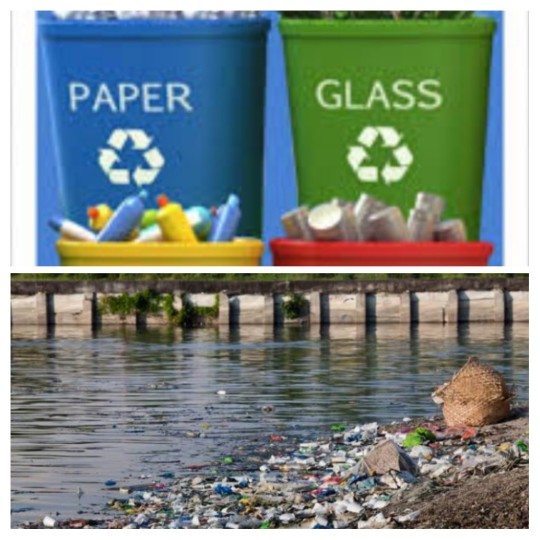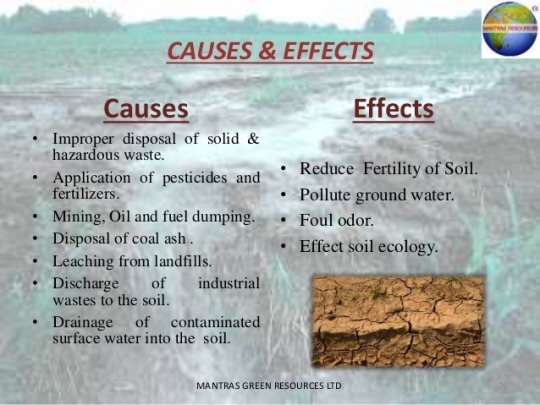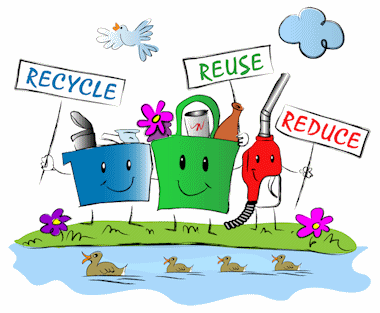Don't wanna be here? Send us removal request.
Text
Title:
Help Everyone, Reach Others (H. E. R. O.)

Introduction :
Happiness begins from the moment you do something for others. Those who consistently help others, are happy, and do not come across any obstacles in their lives. Research indicates that they are less stressed and experience improved mental health.
The purpose of life is to serve others. However, when doing so, you should not expect something in return; your intention should be to lessen other people’s misery. “Service to others should be sincere and done from the heart; only then it is fruitful.” Do any trees eat their own fruit? No. This teaches us that human beings should not only use their mind, body and speech for themselves, but also to serve others. When you do this, nature in turn will reward you.
PURPOSE:
The project is worth sponsoring for it will enable the ability of the person on helping others without any change. It will also help the person that have been encountered such challenges that needed an accompaniment. The project will be conducted by the organizer and sponsors.
Description:
The person who encountered challenges in their lives. Will be connected on us to lessen their overthinking and as well as to prevent stress. It will may help everyone to be open to others and not to be shy.
The materials needed in this project is will depends on the needs of everyone.
The project will be conducted on August 30, 2021.
Support:
The estimated budget for the project is ranging from 150,000 to 200,000. This includes the all supplies that needed and other related fees.
Contact information
Name: Irish Sabroso
Phone #: 09487345611
Fb Name: Irish Garcia Sabroso
Email: [email protected]
youtube
0 notes
Text
Sleep Deprivation
Being sleepy on the job can have a vital impact on how well workers can do their job.
The study examines the effects of partial sleep deprivation on productivity. It included a
nonrandom sample of thirty participants, of which, sixty percent were female and eighty percent
were Caucasian. All participants were employed and possessed a minimum of a bachelor’s
degree.
Participants were asked to keep a sleep journal recording behaviors that could possibly
affect sleep. Participants were also asked to complete a demographic questionnaire and a task
log sheet. The percent of tasks completed daily on the task log sheet was calculated to signify
the productivity level.
The results revealed a higher mean productivity rating for individuals who slept more
than nine hours. The second highest mean productivity rating was for individuals who slept less
than five hours. The two negative correlations found for levels of productivity included
nocturnal awakenings and the self-perception of mood in the morning. This suggests
that as the number of nocturnal awakening increase, the productivity levels decreased. It
also implied that the more an individual feels fatigued in the morning, the lower the productivity level
youtube
0 notes
Text

What is Improper Waste Disposal?
Improper waste disposal is the disposal of waste in a way that has negative consequences for the environment. Examples include littering,hazardous waste that is dumped into the ground,and not recycling items that should be recycled.

Waste Disposal
Waste disposal as a “unit for getting rid of and destroying or storing used, damaged or other unwanted industrial, agricultural or domestic products and substances.” It also entails proper discard or discharge of the material waste in accordance with the local environmental regulatory framework. Because waste disposal involves a myriad of processes such as collection, transportation, dumping, recycling, or sewage treatment among other waste product monitoring and regulation measures, there are lots of problems associated with waste disposal.
Be it used plastic bag, broken glass, obsolete cell phone, or used battery cells, they are all used products that require appropriate disposal to limit their harm to the environment. Waste disposal is therefore a systematic action for managing waste from its origin to its final disposal. It includes incineration/burning, burial at landfill sites or discharge at sea/lake/river, and recycling.
Here are the common waste disposal problems and their solutions.
Various Waste Disposal Problems
Production of too much waste
Most of the waste is toxic
Landfills are a problem as well
Regulations are based on vested interests
Reliance of dying technologies to reduce and recycle waste
Some of the technologies marked as “green” are not true in actual sense
Waste Disposal Solutions
Eco-responsibility – “Reduce, Re-use, Recycle”
Effective waste disposal and management
Control and monitoring of land filling and fly-tipping activities
Waste Diversion Plans
Improvements of thermal waste treatment
Polluter pays principle and eco-product responsibility
Various Waste Disposal Problems
Production of too much waste
One of the major waste disposal problems is attributed to the generation of too much waste. America alone is responsible for the producing of about 220 million tons of waste annually. In 2007 for instance, it’s recorded that Americans generated nearly 260 million tons of municipal solid waste. This is about 2.1 kg per person each day. The point is; if these are only figures in America, let’s try to imagine the amount of waste produced by the rest of the population across the globe.
According to the World Bank report, the average global municipal solid waste (MSW) generation per person on daily basis is about 1.2 kg and the figure is expected to rise up to 1.5 kg by 2025. It therefore means that every state and local authority suffer the problem of effective waste disposal due to the generation of too much waste. The problem is that the present era is driven by a throw-away consumerism with companies and producers striving to maximize profits by producing one-time use products without prioritizing on reuse, recycling or the use of environmentally friendly materials.
Regulations are based on vested interests
Since waste disposal and management has become a profit making venture, those who advocate for safe, quality and proper management of waste disposal are outmatched by industries in the business. Large enterprises in the waste disposal business dictate all aspects of the market from operating landfills, sewer systems and incinerators to recycling facilities. The corporations simply aim at making profits regardless of the waste reduction requirements or the resultant destructive environment impacts.
Reliance of dying technologies to reduce and recycle waste
Waste disposal and management facilities as well as state resources have continued to rely on myopic and quickie solutions instead of developing effective recycling and waste reduction programs. Consequently, it has created continued reliance on the use of outdated technologies to deal with waste disposal. The problem is that most states are reluctant and less creative towards advancing novel technologies for reducing the toxicity and volume of waste or enhancing recycling, especially solid waste.
Some of the technologies marked as “green” are not true in actual sense
Recycling technologies such as plasma arc, gasification, and pyrolysis are often marked as “green” but the truth of the matter is that they are not 100% green. These recycling technologies burn up waste with little or no oxygen and for this reason; it doesn’t differentiate them from the traditional incinerators which produce energy from burning waste.

See also Causes, Effects and Solution of Depletion of Natural Resources
As much as burning waste to produce energy is considered green because it does not involve the use fossil fuel, it still releases toxic materials into the environment. Also like the traditional waste incineration systems, these technologies emit toxic ash into the atmosphere that can potentially harm people’s health and the environment. Therefore, the technologies simply divert concentration from the development of cleaner recycling and waste reduction technologies.


Waste Disposal Solutions
Eco-responsibility – “Reduce, Re-use, Recycle”
Eco-responsibility pertains to the three Rs mantra of Re-use, Reduce, and Recycle. Local communities, authorities and states need to put more efforts towards the education of waste management. Essentially, the slogan can help reduce the levels of unsustainable waste that prove problematic in various environments across the globe. With the implementation and consistent practice of the three Rs, communities and local authorities as well as states will not only be able to manage waste but also move in the direction of achieving zero waste.
Effective waste disposal and management
An effective strategy for municipal waste disposal and management can offer improved solutions for the various problems associated with waste materials. It ensures there is gradual improvement of new and cost-effective facilities which aim to encourage higher environmental protection standards. An effective management strategy will also see to it that landfills are purposefully located to ease waste collection, transfer, and monitoring or recycling. This can be achieved through the implementation of waste disposal plan which must include proper monitoring and regulation of municipal solid and food waste, livestock waste, sewage sludge, clinical waste, and construction waste.
Waste Diversion Plans
A multifaceted approach on waste transfer and diversion in terms of more hygienic and efficient waste disposal management can offer tremendous solution to waste problems. To address most of the waste problems, especially landfills and sewer material, the local authorities and state waste management facilities need to formulate waste diversion plans, with an objective of making certain that there is convenient and proper waste disposal at landfills and waste transfer facilities. Measures such as mandating equipment standards and rerouting of refuse collection/transfer can enhance the environmental performance of waste disposal operations.
Eco-product responsibility policy, on the other hand, is a tool for waste reduction, recovery and recycling. It is achieved by requiring producers, wholesalers, importers and retailers to share responsibility for the collection, treatment, disposal and recycling of used products with an aim of cutting back and steering clear of the environmental impacts caused by such products. All these measures must have a view to reduce wastage and encourage re-use and recycling.
1 note
·
View note